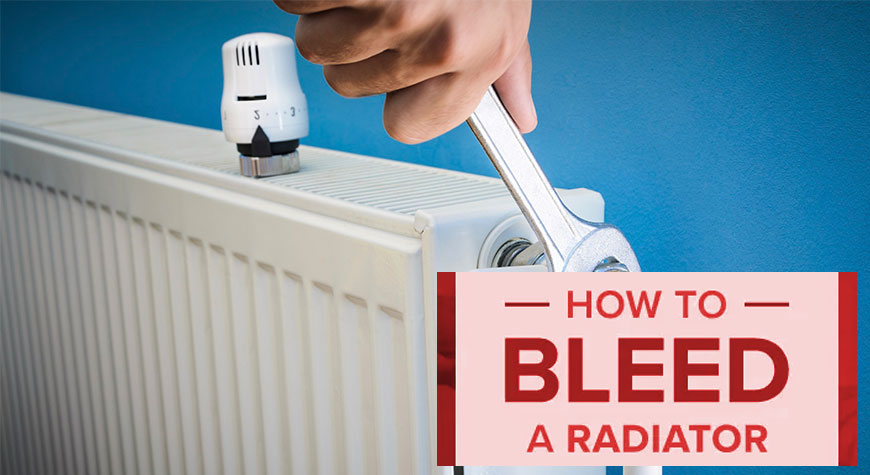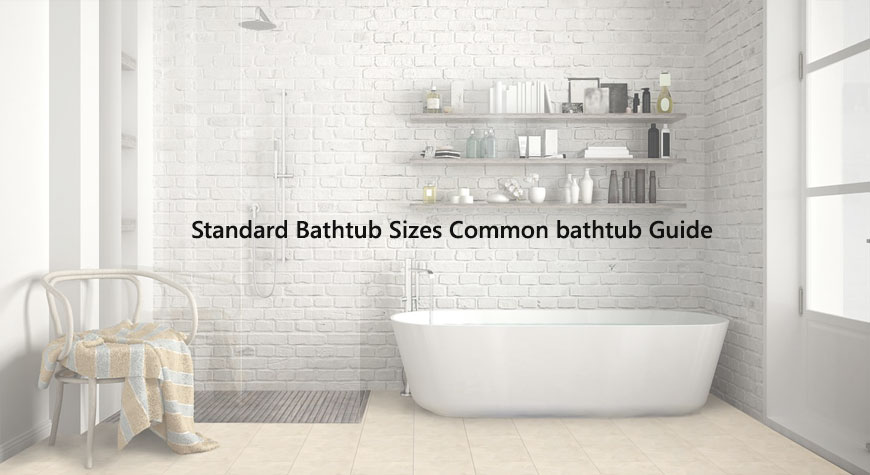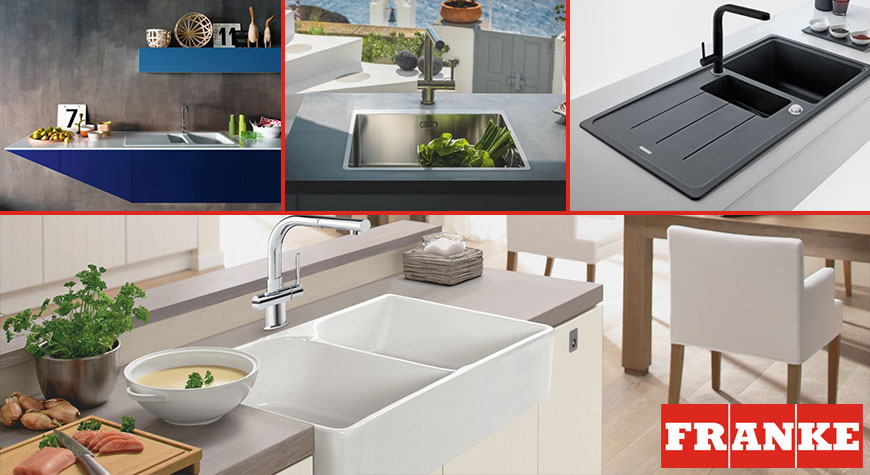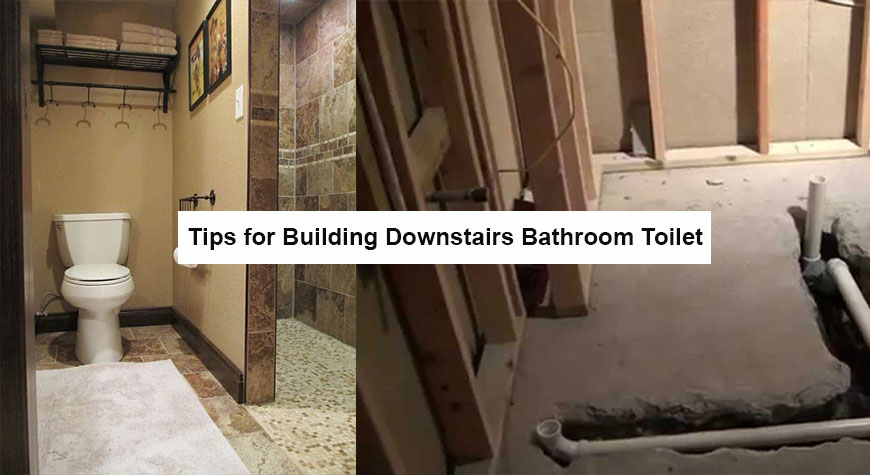How To Bleed A Radiator?

If you notice that you have cold areas on your radiator this is a strong sign that you have air trapped in your radiator. The cold areas tend to be at the top half of a radiator.
Tell Tale Signs
Your room is not warming up as much or as quickly as normal. You can hear a ‘knocking’ or rattling noise.
Effects
Your room will take longer to warm up and will not heat up to the same level as before. Due to inefficiencies in heating, your bills will be higher as you will have the heating on higher and for longer when trying to warm up to the same as before.
Remedies
To remove air from your radiators is what is called ‘bleeding’ the radiators. It is not complicated to do and following the quick guide below you should be able to do this yourself.
Step by Step Guide on Bleeding a Radiator
1 - Make sure you wear gloves, protective clothing, a bucket, cloth or sponge and safety goggles. You will need a radiator key, which if you don’t have one can be purchased from any hardware shop and should not cost more than £1.
2 - Switch off the heating.
3 - Insert the radiator key onto the bleeding valve which is located at the top of the radiator. This will be square and the radiator key will have a square socket.
4 - Place the bucket underneath and have the cloth close at hand.
5 - Turn the bleeding valve ¼ turn and you will hear the ‘hissing’ of air being released.
6 - Once you see a trickle of water quickly place the cloth against the bleed valve and close it firmly. If any other radiators need bleeding do those next.
7 - Go to your boiler, check the pressure and using the filling loop fill up the system until the pressure returns to what it was before you started bleeding the radiator.
Summary
You will now notice that your radiator will not have cold areas and will heat up as before. It is suggested to check your heating system once a year and bleed if required.






